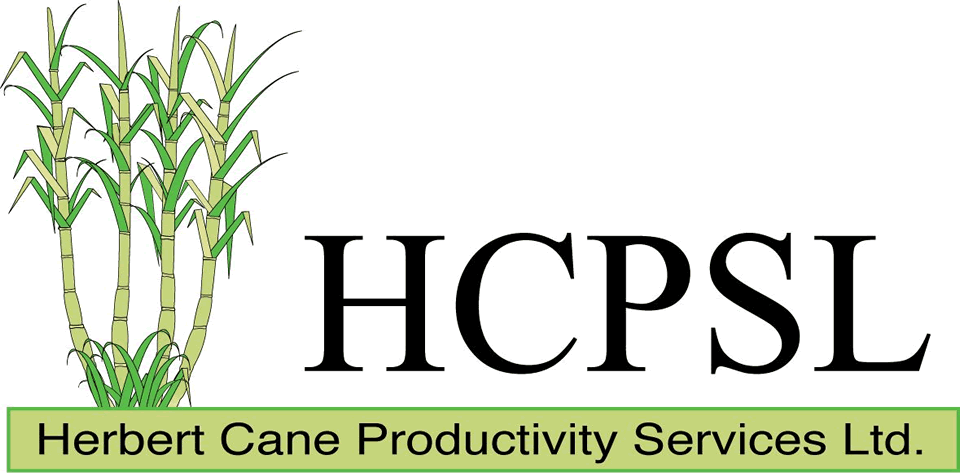DISHING THE DIRT ON MICROBES
HCPSL staff (Company Manager Lawrence Di Bella & Project Catalyst team member Bethany Donker) recently attended a Terrain workshop on ‘Activating your Soil Microbiome’ with Dr. Christine Jones.
Dr. Jones is a highly respected ground cover and soil ecologist with global knowledge and experience in supporting landholders to understand soil health, biodiversity, carbon emissions, and the specific management of Australian soils.
Dr. Jones began the workshop by addressing the importance of any microbiome for determining the health of a system. Just as the human gut determines our own human health, the various soil microbes and endophytes in plants themselves make up the complex plant-soil microbiome which is currently best understood through DNA analysis. The microbes that make up these communities are not only communicating with plant cells and amongst themselves but also relate externally, sending and receiving messages with other plants’ microbiomes.

In addition to addressing the form and function of these different microbiomes, Dr. Jones emphasised two major factors in activating soil health: number and diversity. Not only is there a need for good ground cover but diversity in plant species and diversity in the microbiome is critical. Case studies from Germany, California and Canada with findings from long-term research trials demonstrated the relevance of these soil health principles in action for farm management. One rule of thumb is to ensure cover crops or the interrow include species from 4 different families (legumes, brassicas, forbs etc.) as this promotes microbes, improves root system development, and supports disease and drought tolerance.
Carbon cycling and storage was also briefly discussed towards the end of Christine’s presentation. New understanding of the microbial necromass (stabilised soil organic carbon) is indicating that this resource is the ‘dominant terrestrial carbon pool’ (Buckeridge et al. 2022) primarily made up of interactions from fungi and microbes with root exudates. This has implications for carbon storage in current management systems.
In addition to the main presentation, a panel of three local Tully growers spoke about their own approach to managing soil microbiomes. Practices ranging from phytophthora and nematode control with compost tea and biofert for pineapples, pest monitoring in organic red-tipped bananas and micronutrient management for tropical fruit crops provided some practical approaches to local soil management challenges and opportunities. The day ended with a tour of a tropical fruit crop farm where discussion touched on existing species diversity on-farm, potential species that might fit within the system and the different management decisions that might result from incorporating new covers into the system.
For more information concerning the workshop please go to: Terrain NRM: Natural Resource Management in the Wet Tropics






